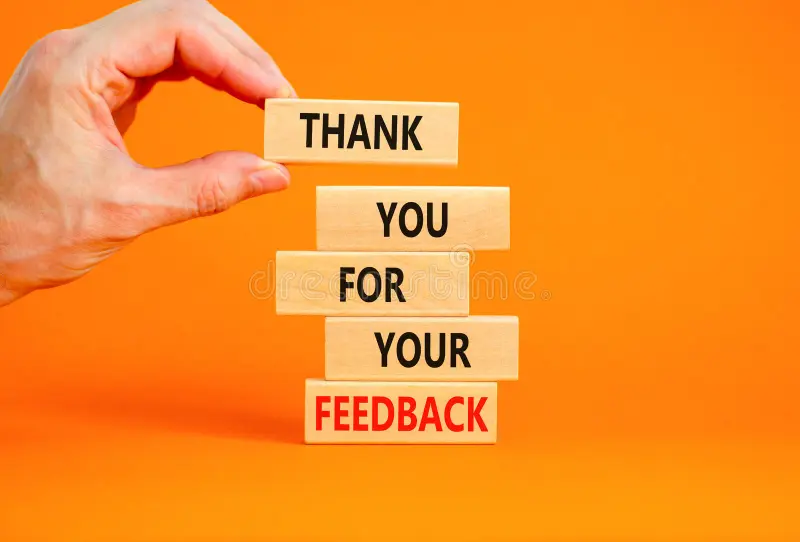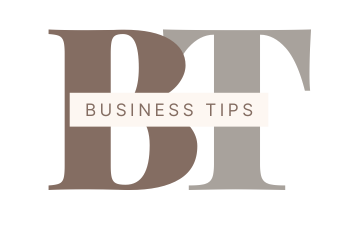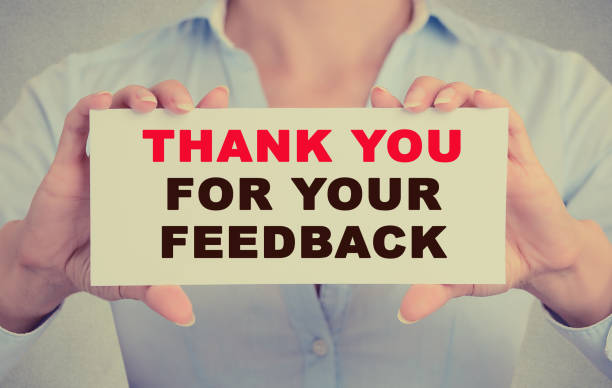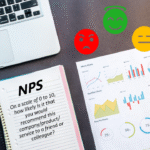In today’s customer-first world, feedback is more than just an optional extra — it’s an essential part of growing a brand, improving experiences, and maintaining strong relationships. One of the simplest, yet most powerful phrases you can use is: “Thank you for your feedback.”
This statement acknowledges your customers, builds trust, and opens the door to continued engagement. But saying it well — and using it effectively — is both an art and a strategy. In this in-depth guide, we’ll explore the importance of customer feedback, how and when to say “thank you,” and how businesses can turn customer insights into positive action.
Why Feedback Is Valuable
Before diving into the power of saying “thank you for your feedback,” it’s essential to understand the value of feedback itself:
1. It Highlights Areas for Improvement
Whether it’s product quality, user interface, customer service, or delivery issues, honest feedback shows where you’re falling short.
2. It Drives Innovation
Customers often have ideas or needs you haven’t considered. Feedback can inspire new features, services, or marketing approaches.
3. It Builds Loyalty
When customers feel heard, they’re more likely to stick around — even if their initial experience wasn’t perfect.
4. It Boosts Reputation
Acknowledging and acting on feedback (especially negative) shows responsibility and builds trust publicly.
Why You Should Say “Thank You for Your Feedback”
Saying thank you isn’t just about politeness. It’s part of a feedback loop that nurtures long-term customer relationships. Here’s why it works:
1. Shows You’re Listening
Customers want to know their voice matters. A thank-you message affirms that their input didn’t disappear into a black hole.
2. Encourages Future Feedback
When customers feel acknowledged, they are more likely to give feedback again — which helps you continuously improve.
3. Humanizes Your Brand
It’s a simple way to make your brand feel more personal and caring.
4. De-escalates Frustration
If someone leaves negative feedback, a sincere thank-you can ease tension and make them more open to a solution.
Where to Use “Thank You for Your Feedback”
You can use this phrase in various situations:
- Survey Completion Pages
- Automated Emails
- Live Chat Closures
- Support Ticket Resolutions
- Public Review Responses
- In-App Feedback Tools
How to Say It Effectively: Examples & Templates

1. General Positive Feedback Response
“Thank you for your feedback! We’re so glad to hear you’re enjoying your experience. Your support means a lot to us.”
2. General Negative Feedback Response
“Thank you for your feedback. We’re sorry your experience wasn’t what you expected, and we truly appreciate you bringing this to our attention. We’ll do our best to make things right.”
3. Feedback on a New Feature/Product
“Thanks for trying out our new [feature/product] and sharing your thoughts. Your feedback helps us make better decisions for our customers.”
4. Public Review Response (e.g., Google, Yelp)
“Hi [Name], thank you for your review! We’re glad you took the time to share your experience. Your feedback helps us improve and grow.”
5. Email Follow-Up After Survey
*Subject: Thanks for your feedback!
Body: We’ve received your input, and we appreciate you taking the time to help us improve. If you ever have more suggestions, don’t hesitate to reach out.”*
Customizing Your Thank-You Message
To make your response more personal and impactful, consider including:
- The customer’s name
- The specific product or service they referred to
- A summary of their feedback
- A mention of any action you’re taking
- An invitation for further dialogue
Example:
“Hi Sarah, thank you for your feedback on our mobile app. We’re sorry you experienced issues with the login process. Our team is working on a fix and should release an update soon. Thanks for helping us improve!”
When and How to Automate Feedback Responses
If you receive high volumes of feedback, automating “thank you” messages ensures every customer feels acknowledged.
Tools You Can Use:
- Intercom
- Zendesk
- Typeform
- SurveyMonkey
- Mailchimp
- HubSpot
Best Practices:
- Personalize using dynamic fields (e.g., name, product)
- Trigger based on feedback type (positive vs negative)
- Include a support link or contact method for further help
Going Beyond “Thank You” — Closing the Loop
Saying “thank you” is just the start. Closing the feedback loop means following up with actions or updates. This builds even more trust and shows your commitment to improvement.
Examples:
- “Thanks to your suggestion, we’ve updated our shipping policy.”
- “We fixed the bug you reported — update the app to see the changes!”
- “We’ve added your requested feature to our product roadmap.”
Internal Process:
- Tag feedback (e.g., feature request, bug report, complaint)
- Route it to the right team
- Track status and resolution
- Follow up when resolved
Responding to Feedback: Tone and Timing Matter
Keep the Tone:
- Sincere – Avoid robotic or generic responses
- Positive – Even when dealing with criticism
- Professional – Especially on public platforms
Timing:
- Immediately for automated responses
- Within 24 hours for manual responses
- Follow up after action is taken
Feedback Metrics to Track
To improve your thank-you and follow-up strategy, monitor:
- Response rate to surveys
- Repeat feedback from same users
- Customer satisfaction after follow-up
- NPS or CSAT trends before and after changes
- Public review score improvements
These metrics can validate the effectiveness of your feedback acknowledgment system.
Case Study: A Small Business Thanks Its Way to 5-Star Reviews
A small coffee shop began responding to every Google and Yelp review with a personalized “thank you for your feedback” message. When negative feedback came in, they responded politely, offered a free replacement, and asked the customer to come again. Over six months, their average rating rose from 4.1 to 4.7. Customers cited the owner’s responsiveness as a reason for returning.
Common Mistakes to Avoid
- Being vague or robotic – “Thanks for your feedback” alone isn’t enough.
- Ignoring negative feedback – Silence can make things worse.
- Not acting on repeated issues – If multiple people mention a problem, fix it.
- Delaying responses – Timely replies matter.
- Sounding defensive – Acknowledge the feedback first, then offer context.
Conclusion
In the digital age, customer feedback is gold. But gold is only valuable if you mine it, polish it, and use it. Saying “Thank you for your feedback” is a small gesture with a big impact — it builds trust, encourages communication, and shows that you’re a brand that listens and improves.
Whether the feedback is glowing praise or constructive criticism, your response can turn a one-time interaction into a long-term relationship. Be genuine, timely, and proactive — and your customers will reward you with loyalty, referrals, and repeat business.



